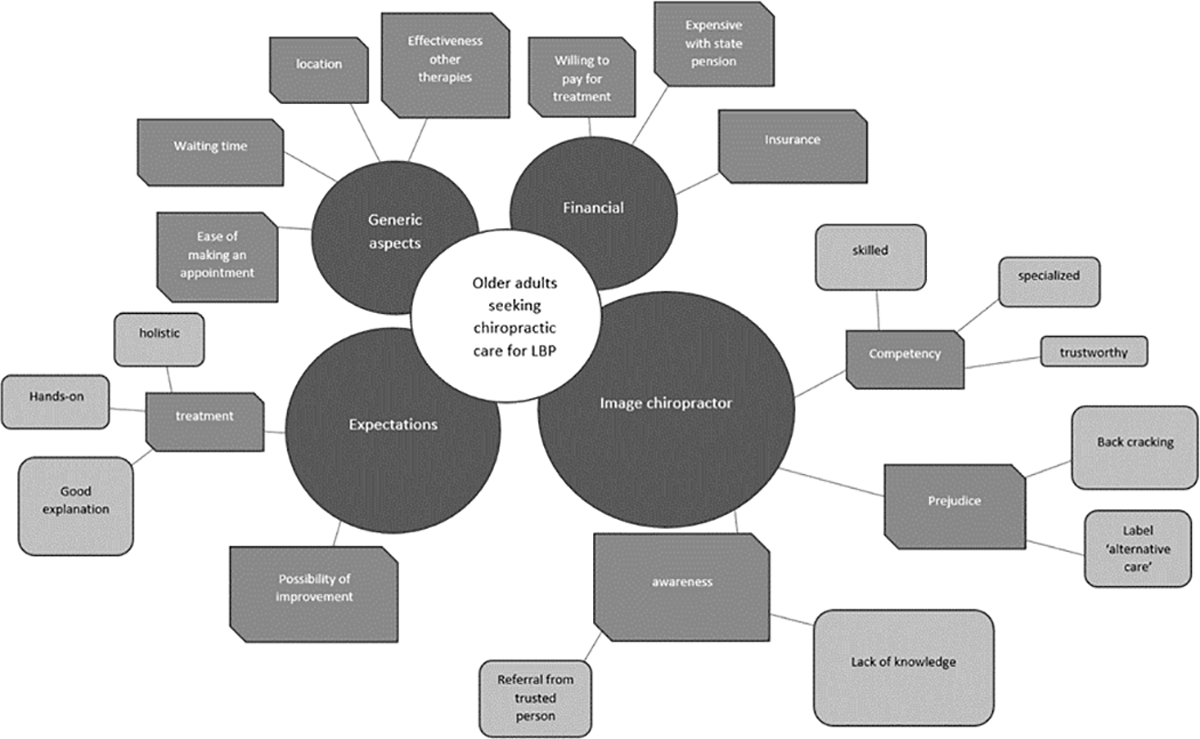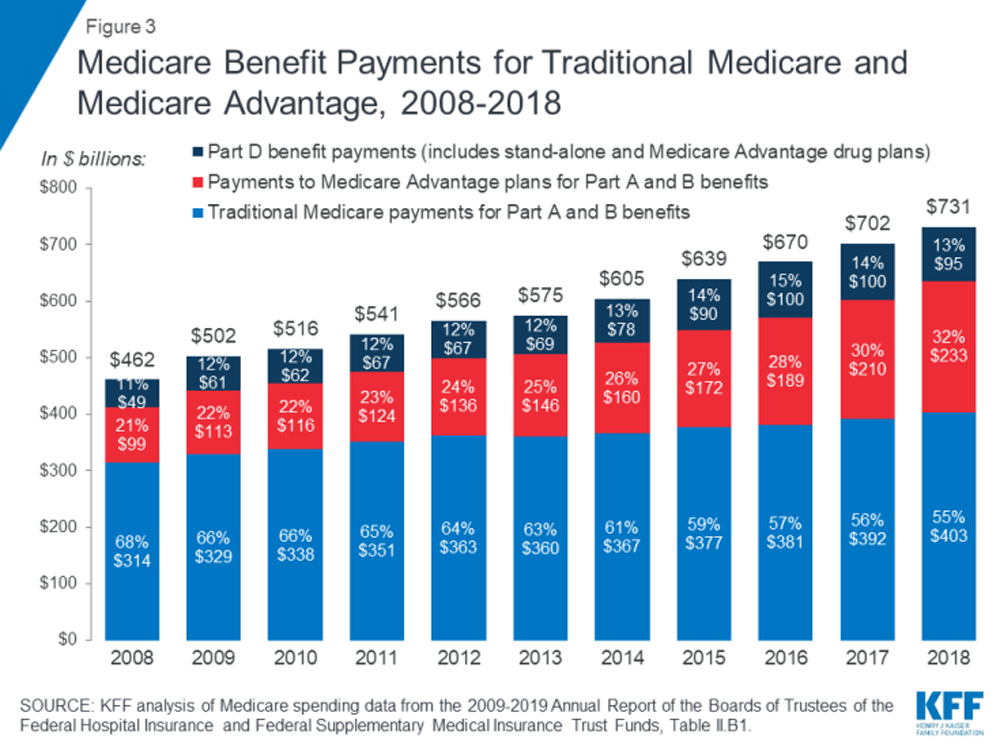Best Practices Recommendations for Chiropractic Care for Older Adults: Results of a Consensus Process
SOURCE: J Manipulative Physiol Ther 2010 (Jul); 33 (6): 464-473
Cheryl Hawk, DC, PhD, Michael Schneider, DC, PhD,
Paul Dougherty, DC, Brian J. Gleberzon, DC,
Lisa Z. Killinger, DC
Cleveland Chiropractic College,
Overland Park, KS 66210, USA.
OBJECTIVE: At this time, the scientific evidence base supporting the effectiveness of chiropractic care for musculoskeletal conditions has not yet definitively addressed its appropriateness for older adults. Expert consensus, as a form of evidence, must be considered when higher levels of evidence are lacking. The purpose of this project was to develop a document with evidence-based recommendations on the best practices for chiropractic care of older adults.
METHODS: A set of 50 seed statements was developed, based on the clinical experience of the multidisciplinary steering committee and the results of an extensive literature review. A formal Delphi process was conducted, following the rigorous RAND-UCLA (University of California, Los Angeles) methodology. The statements were circulated electronically to the Delphi panel until consensus was reached. Consensus was defined as agreement by at least 80% of the panelists. There were 28 panelists from 17 US states and Canada, including 24 doctors of chiropractic, 1 physical therapist, 1 nurse, 1 psychologist, and 1 acupuncturist.
RESULTS: The Delphi process was conducted in January-February 2010; all 28 panelists completed the process. Consensus was reached on all statements in 2 rounds. The resulting best practice document defined the parameters of an appropriate approach to chiropractic care for older adults, and is presented in this article.
There are more articles like this @ our:
CONCLUSION: A multidisciplinary panel of experienced chiropractors was able to reach a high level (80%) of consensus on evidence-informed best practices for the chiropractic approach to evaluation, management, and manual treatment for older adult patients.
From the Full-Text Article:
Introduction
By 2030, nearly 1 in 5 US residents is expected to be 65 years or older. [1] Chiropractors commonly provide care to older adults in the United States, with approximately 14% of chiropractic patients being 65 years or older. [2] With musculoskeletal conditions cited as a leading cause of disability in this population, [3] it is important that the large body of evidence for the effectiveness of chiropractic care be examined for relevance to the geriatric population. This is particularly important given the statements made by the American Geriatric Society (AGS) in their clinical practice guidelines for the management of chronic pain in older adults. The 1998 AGS report made the following recommendation on chiropractic (based on the single study available at that time): [4]
Read the rest of this article now!





Leave A Comment